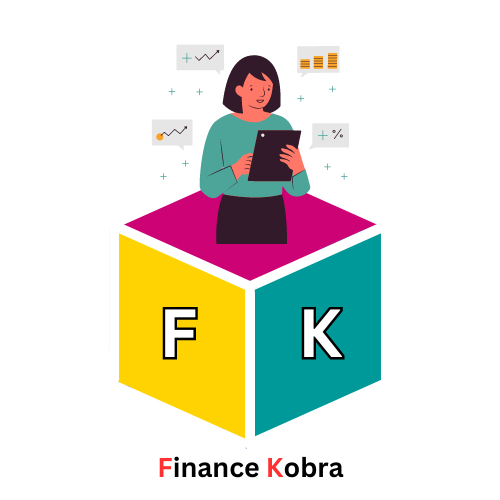Section 1: Investing in Your Future
When it comes to achieving financial freedom, investing is a crucial component. Whether you’re just starting out or looking to grow your existing portfolio, investing can help you reach your goals faster. But where should you start?
One option is to consider a diversified portfolio that includes a mix of stocks and bonds. This allows you to spread your risk and potentially earn higher returns. Another option is to explore investment vehicles such as mutual funds or exchange-traded funds (ETFs), which can offer a more hands-off approach to investing.
Section 2: The Power of Saving
Saving money is another key aspect of achieving financial freedom. By setting aside a portion of your income, you can build an emergency fund, save for a down payment on a house, or even fund your retirement.
One strategy to help you save more is to automate your savings. By setting up automatic transfers from your checking account to a savings account, you can make saving a habit without even thinking about it. Additionally, consider cutting back on unnecessary expenses and finding ways to reduce your monthly bills. The more you save, the closer you’ll be to financial freedom.
Section 3: Breaking Free from Debt
If you’re carrying a significant amount of debt, it can be challenging to achieve financial freedom. However, with the right strategies, you can break free from the burden of debt and take control of your finances.
One approach is to prioritize your debt payments. Start by paying off high-interest debt first, such as credit card balances, while making minimum payments on lower-interest debt. Additionally, consider consolidating your debt into a single loan with a lower interest rate. This can help simplify your payments and potentially save you money in interest charges.
